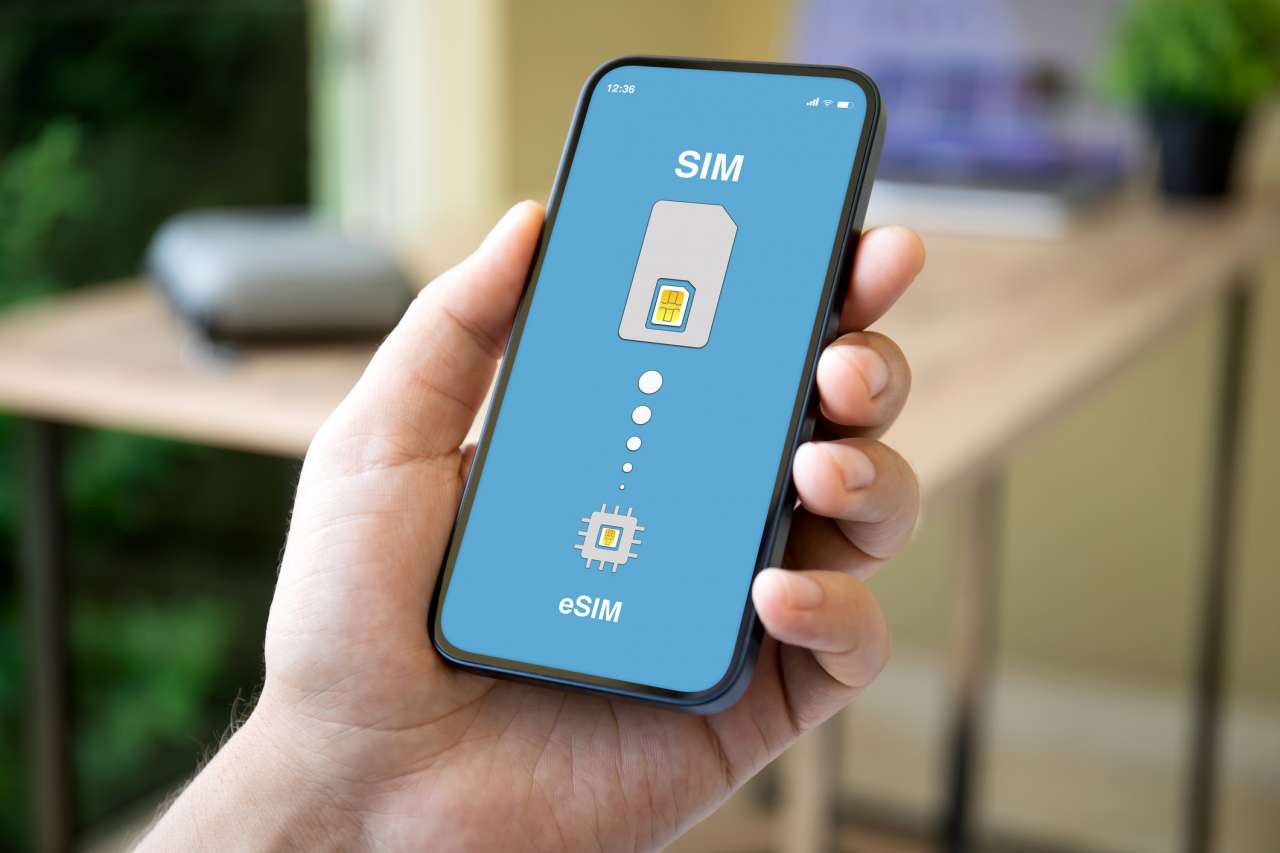SIM-swapping scams are often the starting point for many identity theft-related crimes. Taking over a SIM card allows fraudsters to bypass two-factor authentication (2FA) frequently and gain control of any sensitive accounts tied to a phone number, such as banking, mortgage, email, etc. Newer smartphones often offer a choice between an eSIM (embedded SIM) and a physical SIM card. With those two options, wireless service users have a tough choice to make everytime they pick up a new cellphone. We decided to discuss which one offers better security – eSIM or physical SIM. We highlight their strengths and weaknesses by exploring each option’s capabilities in terms of encryption, access control, and real-world risks in the hope of helping buyers make an informed decision and decide which one is more vulnerable to hacking.
Key takeaways
- eSIMs cannot be physically tampered with and offer superior encryption and remote management.
- Physical SIMs are easier to replace or transfer.
- Both options could be secured with adequate precautions like strong PINs and carrier vigilance.
- eSIMs might be the hardest to hack due to the implementation of newer technologies.
You might be interested in: How to Make Your Phone Impossible to Track: 13 Strategies for Privacy
Which one is more secure?
As a newer feature available on newer smartphones, “eSIMs” are considered more secure against crimes such as identity theft or hacking attempts due to their advanced technology – non-physical existence, stronger encryption, and remote management capabilities, which automatically reduce tampering risks. Even though SIM swapping scams can affect both physical SIMs and eSIMs, physical SIM cards are more likely to become victims of swapping attacks.
Let’s dive into the differences between the two types of SIM cards. The security of both eSIMs and physical SIMs depends on how they store and protect the user’s mobile identity. Here’s a breakdown of their respective security features;
eSIM security features
- Embedded technology: unless the bad actor is an engineer armed with the right tools, physically removing an eSIM from a smartphone is close to impossible. Due to the embedded technology, the risk of unauthorized swapping is significantly decreased.
- Encryption: it employs end-to-end encryption, so interception risks are improbable.
- Remote management: if a smartphone ends up in the hands of criminals, a user or carrier can remotely turn off the profile immediately.
Physical SIM security features
- Physical control: smartphone users can plug the SIM card out of the phone and insert another one without having to deal with a wireless carrier over the phone.
- SIM swapping: it is more likely for physical SIM cards to be taken over by fraudsters because thieves can port out a number using social engineering techniques.
- PIN and PUK codes: users cannot regain access to a physical SIM card if they fail to use the correct PUK/PIN codes.
How can you protect yourself and your loved ones with either SIM card?
The truth is that no technology is perfect, and it comes with its faults. Physical SIM cards can be removed from one device and used on another. In contrast, eSIM cards require a call to your local carrier or a visit to a store. What is essential is to have adequate device passcodes and enabled biometric authentication when possible. What matters a lot is also not sharing personal details publicly – by giving away personal info, you feed bad actors specializing in social engineering who might attempt to scam you.
Our research shows that eSIMs are generally the stronger contender when it comes to avoiding fraudulent activities. The newer eSIM technology is found in most modern smartphones. It offers embedded design, strong encryption, and remote control. Although physical SIMs are arguably more convenient to use, they are more susceptible to attacks, such as SIM swapping. To minimize the risk of becoming a victim, consider using eSIMs and high-end antivirus software on your connected devices. The more prepared you are – the better. Hackers need the full puzzle to commit fraud. Antivirus software helps stop them from completing it.
